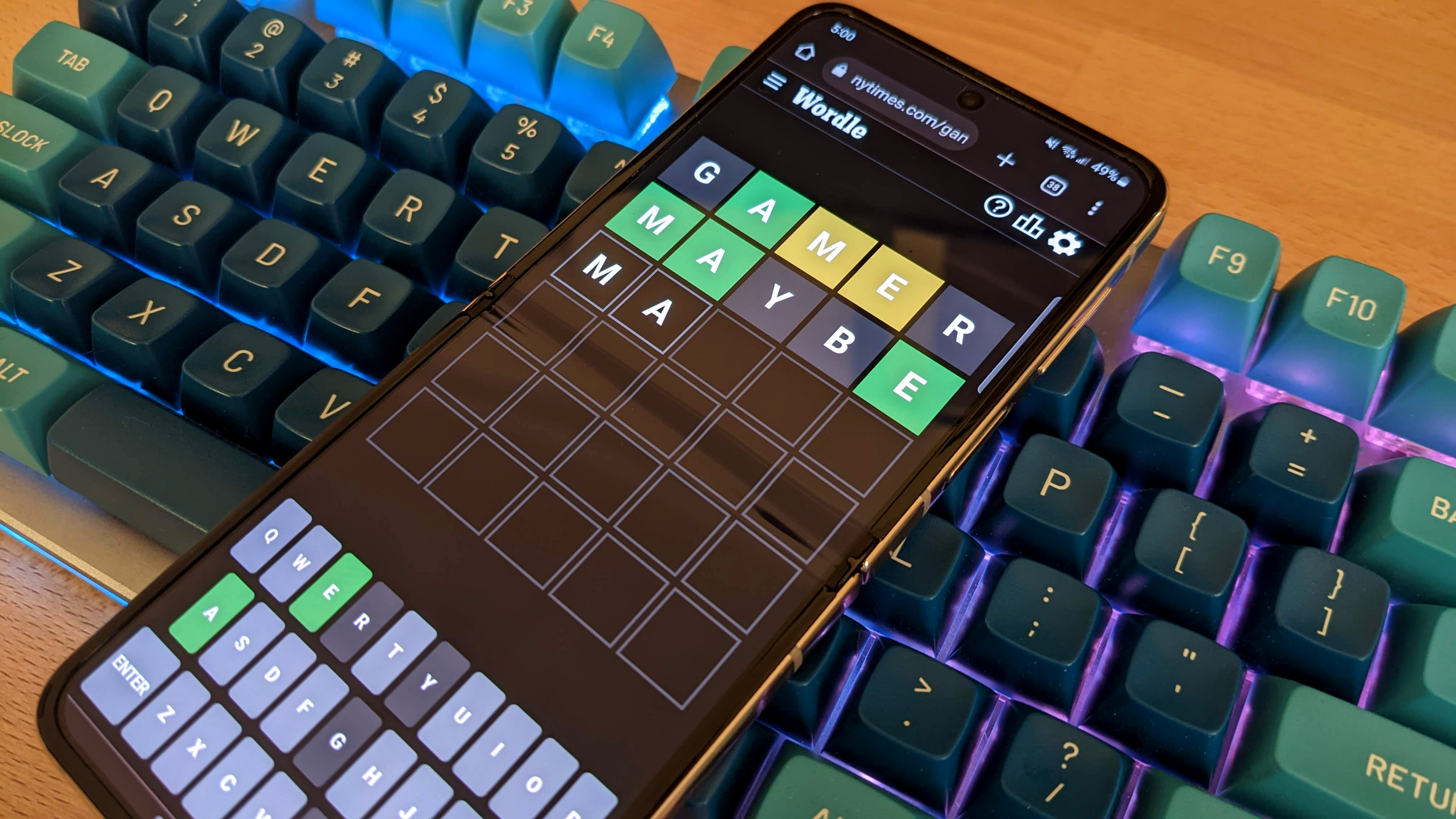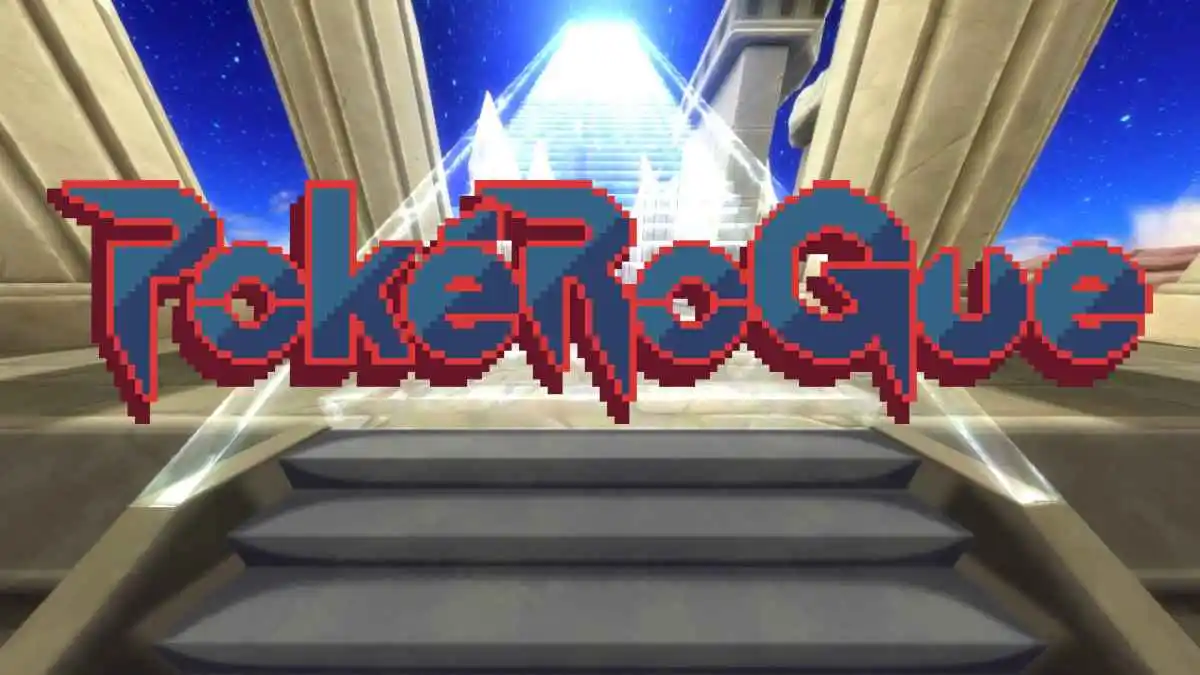
Homeworld: Vast Reaches Review
After an eight-year drought, it initially seemed miraculous that we’re suddenly getting two Homeworld games almost at once: Homeworld 3, and Homeworld: Vast Reaches, which is launching as a Meta Quest exclusive before coming to PC VR at some point in the future. But rather than serving as a reinvention of the series designed specifically for VR, Homeworld: Vast Reaches is more of an unsatisfying appetizer. Its single-player campaign is short-lived and simple to a fault, and it left me hungrier for tactically substantial, cool-looking space battles than I was when I began.
Through series-authentic animatic cutscenes and narration, we’re told a story that respectably fills in some of the blanks of what happened between the end of Homeworld and the beginning of Homeworld 2: The Hiigarans must fend off a faction of techno-fetishist bureaucrats attempting to hold them to some obscure, interstellar fine print they never agreed to, which makes these villains kind of silly but also easy to hate.
It’s also a distinctive spin on Homeworld lore that the new commander of the Mothership, who’s taken over for the retired Karan S’jet, is from a different kith (Hiigaran family). She has a more aggressive style of leadership, and their interactions as Karan teaches her the ropes build both their characters. There was even one moment in the story that surprised me, though the impact of that major event is a little subdued by the fact that there’s no change to gameplay in the following missions, so it doesn’t feel as pivotal as I’d hoped when it happened. But between that and the signature music, the Homeworld atmosphere is in full effect.
The Homeworld atmosphere is in full effect.
As far as actually controlling your fleet, though, Vast Reaches is fairly underwhelming. Rather than do anything interesting that couldn’t have been done in a traditional Homeworld game, it disappointingly simplifies the mechanics that came before it, and that nuance isn’t replaced by anything VR-specific. Instead of building and commanding individual ships or squadrons, you’re given between three and six control groups that you literally plop ships into, so all ships in a group are controlled as one and units will gradually materialize into them no matter where they are on the map. That’s not an inherently bad system, since it’s often effectively not too far off from how I handle control groups in other real-time strategy games, but it’s undermined by the way battles play out.
Specifically, combat in Vast Reaches’ 11-mission campaign moves at a fast pace – way too fast, in a lot of cases. This is mostly a problem because ships start popping like balloons in a cactus patch, with frigates and even destroyers vanishing with blink-and-you’ll-miss-it explosion effects less than five seconds after coming under fire from barely visible weapon effects. (I also noticed a frequent hitch – not in the frame rate, thankfully, but ships would freeze in space for half a second when a firefight began.)
Sure, you can pause at any time with the push of a button, but all you can do while time is stopped is move the camera and call in new ships, not give move, ability, or attack orders. (And when you unpause your view snaps back, so you can’t even move your view to the group you want to give orders to before you unpause and issue that order.) That means there’s basically no time to react or retreat if an engagement isn’t going your way, and having units evaporate so quickly certainly detracts from the feeling of commanding a fleet of massive starships.
Ships start popping like balloons in a cactus patch.
Zooming in on ships does give you an up-close and personal view of some of the recognizable fleet from the original Homeworld, but until you get within spitting distance the low level of detail makes them look lumpy and blurry. Even then, there’s not an animated turret to be found. I know this is a Meta Quest 2 game and I can’t expect it to match the Homeworld Remastered Collection’s fidelity, but I’m pretty sure the Quest is dramatically more powerful than the PC I played the original Homeworld on 25 years ago, which didn’t even have a dedicated GPU. Back then, practically every multi-gun corvette, assault frigate, destroyer, and battlecruiser was bristling with guns that swiveled independently to track targets. So it’s a letdown to have these classic ships right in front of me without that distinctive detail.
Speaking of which, it’s also a bummer to no longer see ships flying out of or back into the Mothership when they’re built or dock for repairs. In fact, this Mothership really doesn’t do much of anything at all. It doesn’t move or shoot, so you basically never interact with it except to protect it from occasional attacks – and it can soak up enough damage that you basically don’t have to worry about it anyway. When I lost a mission, it was never due to losing the Mothership.
This Mothership really doesn’t do much of anything at all.
Once I got a reasonable handle on the controls (which aren’t terribly intuitive, even if you’ve played a good amount of VR games) I found that skirmishes become repetitive quickly. That’s partly because the enemy AI is extremely straightforward, to put it kindly, but also because once you’ve built out your control groups and directed them to attack an enemy, all you do is wait until the first shots are fired and then pop your increased firepower, shield, and repair abilities as they cool down; there’s almost never a reason not to fire an ability as soon as it’s ready. There are no subsystems to target, and individual ships can’t be micromanaged. When you eventually unlock Ion Frigates and Ballistic Destroyers your groups gain some targetable, long-range abilities to fire before they engage directly, but they don’t seem to be especially useful outside of getting in the first hit. That’s a nice but fleeting advantage when the enemy will almost immediately close distance and start zapping your forces out of existence.
None of this is to say Vast Reaches is terribly easy. I failed my first attempt at several of the missions on the default medium difficulty, in part because at first I didn’t realize just how easy it is to scrap your existing ships for resources (just drag them outside the control group circle) and build what I needed to counter the ships being thrown at me in that wave. But oftentimes you don’t know what’s coming your way until moments before contact, which is not enough time to build new ships.
The campaign isn’t terribly lengthy, either, taking me about six to eight hours. That wouldn’t be a huge issue except for the fact that once you’ve burned through it, there’s nothing more to do. There’s no multiplayer, or even a skirmish mode to play against the AI to see who can kill the other’s mothership first, so the only place you can mess around with all of the ships, including battlecruisers, is the final campaign mission – and that one’s on a timer. There are two higher difficulty levels to run through, but that’s all.
Finally, in the options you’ll find a mixed-reality mode that uses the Quest’s pass-through cameras to drop the space background and make spaceships float through your living room. (Note that while it does work with the Quest 2’s crappy black-and-white passthrough, it’s a much better experience with the Quest 3’s full-color, higher-resolution cameras.) I wouldn’t say this makes playing any better or worse – outside of maybe making a ship harder to spot in a cluttered room – but it’s a goofy novelty.







